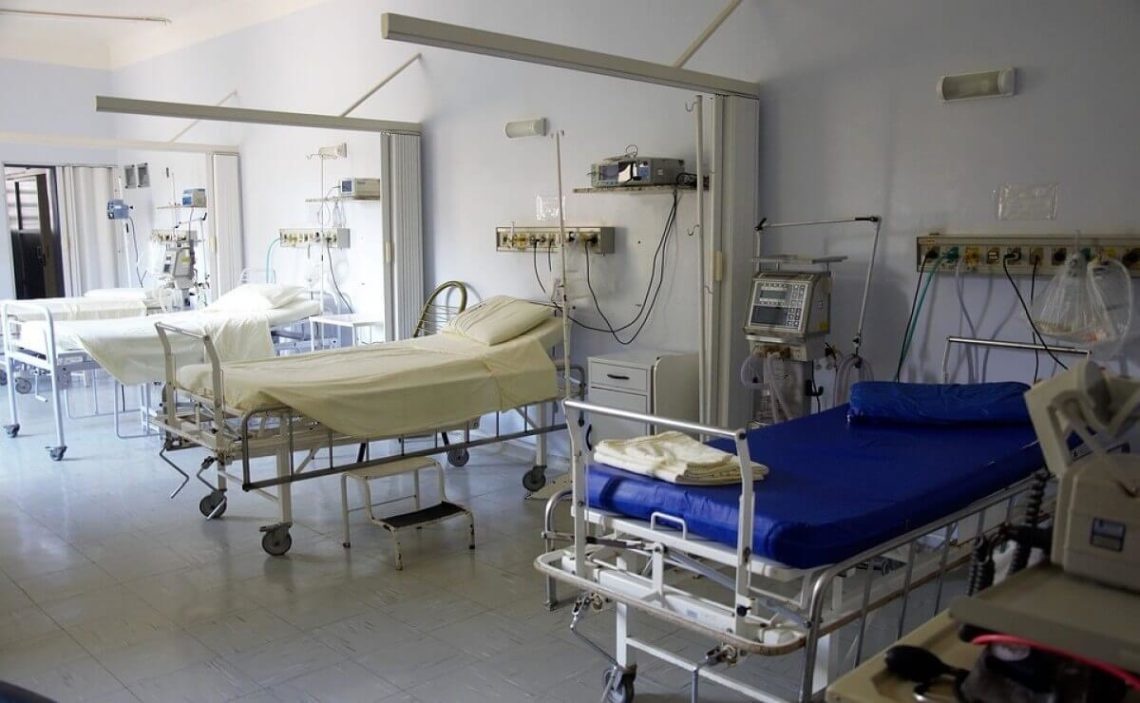Dialysis is a treatment for people diagnosed with chronic kidney disease (CKD), kidney failure, or end-stage renal disease (ESRD). In other words, this treatment is indicated for patients whose kidneys are not working properly.
Remember that the kidney’s purpose is to eliminate waste substances from our body, especially urea. It also controls the amount of water and electrolytes in the person concerned. Although this treatment is necessary to keep seriously ill patients alive, it can also be an expensive solution.
In the following lines, we prepared a guide with all the information about dialysis and how much dialysis cost with insurance.
Does insurance cover dialysis?
Fortunately for patients, dialysis is covered by most insurance. Depending on your state, your insurance coverage, and the type of dialysis you are receiving, insurance may pay for the entire treatment or vary in the percentage of coverage.
Most patients pay for treatment through life insurance. The largest percentage of these patients are covered by the Medicare insurance company, whose coverage is intended for those diagnosed with severe kidney failure regardless of age.
It is estimated that 15% of Americans suffer from chronic kidney disease. In the most extreme version, End Stage Kidney Disease (ESKD) causes patients to receive daily dialysis or forces them to undergo a kidney transplant. The numbers point to more than 750,000 Americans living with ESKD, and more than 70% of them receive regular dialysis.
How much is a dialysis treatment with insurance?
Dialysis is covered by health insurance. Patients who undergo treatment with health insurance end up spending additional out-of-pocket payments with the deductible and coinsurance. Medicare is the company that covers most citizens, but the insurer only pays for 80% of the total treatment. In this case, patients must pay the other 20% out of their own pocket or take out additional insurance to cover this portion.
The insured with Medicare has a $150 deductible and 20% of the remaining insurance. In some cases, this insurance company offers coinsurance to cover this portion. It is estimated that the average pays $114 for disease-related medications and $10 for dialysis.
If you are an eligible kidney transplant patient, Medicare pays 100% of hospital payments and 80% of physician fees and outpatient care. The insurer also pays for the medical evaluations that living donors undergo, although you may also have additional out-of-pocket expenses.
The health insurance plan also pays for immunosuppressants, initial evaluations, and follow-up medical consultations after surgery. Contact your insurance advisor for more details regarding general coverage for this disease.
How much is a dialysis treatment without insurance?
Patients who choose to or must face this disease without life insurance have very high rates to pay. A single hemodialysis treatment costs $500 and up. They are estimated to have an annual expense of $72,000 and up for three typical weekly therapies.
Depending on what the doctor prescribes, vitamins and injections can cost hundreds of additional dollars. The $500 payment does not include medications; you must pay these out-of-pocket.
Emergency or unscheduled in-center dialysis treatments, at least, have higher costs than scheduled treatments. It is estimated that you can pay up to $9,900 for one treatment. Peritoneal dialysis has a higher cost level of medications and supplies to carry out the process at home, which is a lower investment than hemodialysis.
How long can a dialysis patient live?
If your kidneys are damaged, you will have to undergo dialysis for life unless you are eligible for a kidney transplant. But dialysis patients have a life expectancy that varies if they have other diseases. In this circumstance, a person’s life expectancy is five to ten years, although this is not an absolute rule. Some patients exceed expectations of up to 20 and 30 years with dialysis.
One of the recommendations to improve your lifestyle is to include a new way of eating. With a special diet, you will have to limit the amount of food and drinks to have better results. Depending on the type of dialysis, you will have a different menu.
How do you save money if you need dialysis?
Almost 100% of those interested are eligible for Medicare insurance, although some other alternatives and institutions can help you save more money on your dialysis treatment. These three alternatives are:
Health insurance
The first and most commonly used alternative is to appeal for Medicaid. This federal health program is designed to help low-income people who do not have the money for adequate health coverage.
The insurer’s plans differ in each state; to get more details about them, check how the program works in your state. You can combine Medicare and Medicaid coverage to pay for full dialysis treatment if you are eligible for Medicaid.
Social Security Administration
The Federal Government agency provides financial assistance for treatment payments. In this context, you can join one of two programs for disability benefits:
- Social Security Disability Insurance (SSDI): applying for this assistance becomes a complicated process, but if you are selected, you receive a total of $3,148 per month. To access this benefit, you need to have successful legal representation
- Supplemental Security Income: This assistance is intended for those unable to pay because of financial hardship. The idea is to supplement your financial resources to access dialysis
American Kidney Fund
This non-profit organization is dedicated to preventing and treating kidney disease. It comprises two financial assistance programs with medications, housing, transportation, and health care premiums. The plans are:
- Health Insurance Premium Program: they offer vouchers for patients who cannot afford to pay health insurance premiums
- Safety Net Subsidy Program: Provides bonuses for people who do not qualify for health insurance. This plan is more comprehensive and covers expenses for transportation, medications, and other illness-related sub-payments


